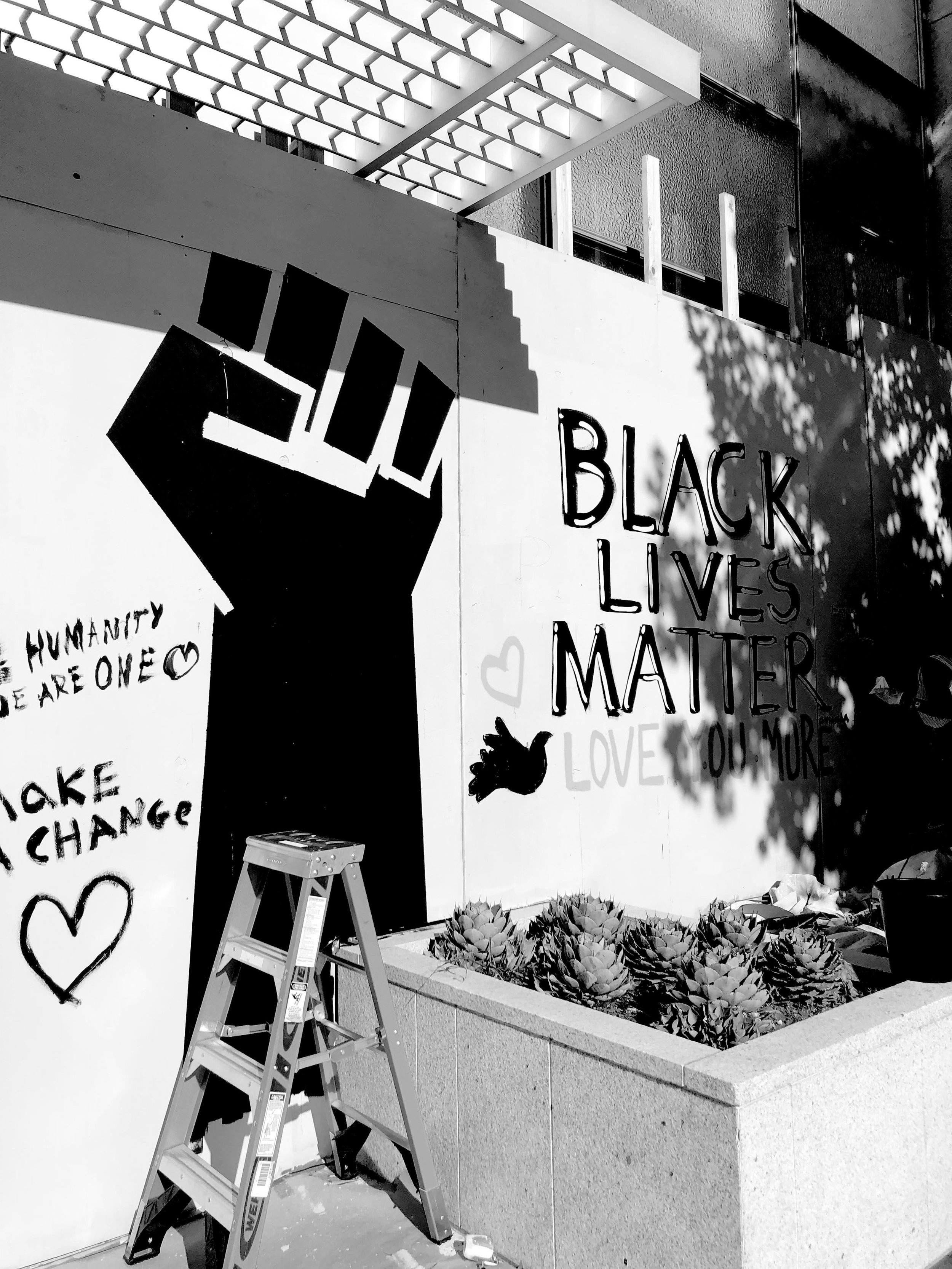society
Structures, Identity, and the Making of Everyday Life
Kodak’s Hidden History: Frankie Taylor Jones and the Black Appalachian Coal Camp Experience
We looked forward to sailing paper-made boats down the creek, swinging across the creek on an old tire suspended from a rope tied to a branch far up in a tree, playing on the coal train cars, even when we knew better! It was always a treat to visit Uncle Ralph, Aunt Frankie and our cousins there in the coal camp.
Blues, Folklore, and Black Identity: A Legacy of Resistance and Revival
On this day, March 6, we recognize significant moments in both blues history and the broader landscape of Black American folklore. From the birth of blues legend Furry Lewis to the infamous Dred Scott decision and the enduring legacy of folkloric themes in his lyrics…
What I Fight For - Change The Game!
A protest is the gathering of a group of people fighting for a shared belief. Depending on the group of people, it can be a peaceful protest, or it can be a violent protest. Most protests are usually peaceful because it is easier for people to hear someone talking than someone yelling at them. Nevertheless, there is always a group that thinks violence will fix the problem because their peaceful idea did not succeed.
Shut Up and Play: A Brief History
Back in 2014, when Officer Daniel Pantaleo suffocated Eric Garner in a chokehold one long and hot summer day in Long Island, New York, scores of professional athletes decided to express their frustrations. Some kneeled while others donned shirts bearing the words, “I cant breathe” as a way to silently but visibly protest the continual confluence of Black death, racism, poverty, and endemic police brutality in the US. Many Black sports fans welcomed this expression of solidarity while many White fans did the exact opposite.
Charlotte Forten Grimké
There is a deep and complex battle that hovers over Charlotte. In competition, being the first usually comes with celebration; however, in a racist society, being the first usually comes with sorrow, anger, rage, or plain sickness. I’m not necessarily saying Charlotte felt any of those emotions, though it’ll be hard to believe she didn’t.
Hair, Numbers, And History
Michelle Slater loves history. That’s a good thing because her family’s story is woven into Pittsburgh’s Hill District’s history about as tightly as possible. Slater’s grandmother wrote numbers for some of the Steel City’s best known numbers bankers
people were stolen
No, people were stolen, sold and then later enslaved. They were not dull brutes or blank slates lacking culture, waiting for white people to write upon them.
The Copper-Colored Race
. However, there is a group of black folk, that truly would be considered Black American, or even American Black that is rarely mentioned in the celebration of Black History Month. They are called “The Copper Colored People.” According to the American Dictionary of English, also referred to as Webster’s Dictionary 1828, the “Native American,” also called “Indians” were as described - “AMER'ICAN, noun A native of America; originally applied to the aboriginals, or copper-colored races, found here by the Europeans
Justice For James
Stuck in a different world away from the truth, and confused about why people treat you the way they do. James, a teen from a small town called Point Place in Wisconsin was living in that world, stuck in an alternate universe. At the outset of our story, James was a strong young man, given his home life, James struggled a little bit because his mom was a single parent raising two kids.
Daryl Davis - Interviewing The KKK, Traditional Black Music, and more
Daryl Davis, a musician, author, and race relations expert was assaulted with flying bottles during the Cub Scout parade in 1968 when he was 10. This was his first experience with racism. He spent years studying and researching to answer the question he had about racial hatred.













